If you want to go super-advanced, optimize the image’s EXIF data! “EXIF” stands for “exchangeable image file format”, and allows various metadata about an image to be stored and embedded in its file. While EXIF data may not be used directly be search engines for ranking all so much, the data does get displayed on webpages about images, and that can then influence an image’s relevancy. So, do this in combination with our tip below for adding your image to Flickr (check out an example EXIF data page for an image hosted on Flickr here). I suggest adding in a description field with the name of the business, a description of the type and location of the business, and geocoordinates for the store’s location. There are various free software packages out there which will allow you to edit EXIF data in image through handy interfaces:
Add an image about your business to your blog! If you have a blog (and you really ought to consider having one if you do not), then add an image about your business there with a link for the caption area below the image back to your main homepage. This could be done from the face “About Us” page of your blog, or it may be even better if it’s done as just a simple blog post which features your business. Naturally, make the page talk about your business, it’s location and what it offers, and use good ALT text with the image just as we earlier outlined. Using a caption with a brief description of the name, business category, and locality for your company, with the name of the company linked back to your site, is pretty effective for associating an image with your business name and reinforcing what sort of business your company is. These sorts of signals can help you in local rankings.
Image Optimization Tips for Local SEO Use an Exemplar Photo to represent your business! On your website, it’s ideal to use a picture to really exemplify your business — I call this an “Exemplar Photo”. This can be wear your home page, or found on the About Us or Contact page, and it should be a photo of the storefront, or the main product you offer, or the proprietors. While you could use the company logo for this purpose, it’s better to use an actual photograph. The photo you choose for this ought to be able to convey its image contents when shown at both large and small thumbnail sizes as a result how it might be treated by various other internet services we help it engage with. It will work best if it is fairly high-contrast as opposed to containing elements that all have similar tonal values. So, this means it should have some lighter elements and darker elements in it, since this will help it communicate well even when reduced down.
With this way, the filename will match more closely with keyword phrases that users are submitting to the search engines situated to find your type of company. Notice that I’ve separated the words with dashes — it’s best to do this to help search engines match for multi-word keyword phrases. Don’t leave spaces in filenames because those often need to be filled-in by some characters to work properly with some types of file servers and systems. Using actual words for the filename also makes the image names appear more user-friendly in Google Image Search, since they updated their interface to display the filenames more overtly. In most cases, a local business’s main keyword phrase should describe the type of the business and local or locality name. In this example it is “Monterey bed and breakfast”. Avoid adding non-letter symbols like apostrophes, asterisks, etc to filenames (dashes are okay).
Carefully engineer your image filename to include your main local keywords. When creating the filename, don’t just leave it a gobbledygook serial number, but use words that describe it and which describe what and where your business is located. Here’s an example I created for a fictitious bed and breakfast hotel in Monterey, California:
Before you devote time to this, you should have already worked on establishing the basics of local SEO. As part of that, you should have your business website install with its landing pages optimized, and your local business listing(s) should be added into each of the major search engines, and you should have fix well-optimized business profiles at many internet online directory and online business directories. (Bruce Clay actually provides services to help with this process via their LocalPack Service.)

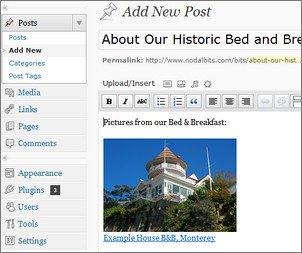
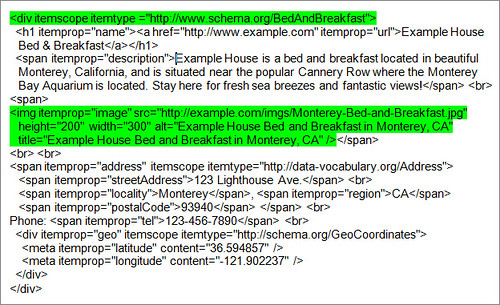
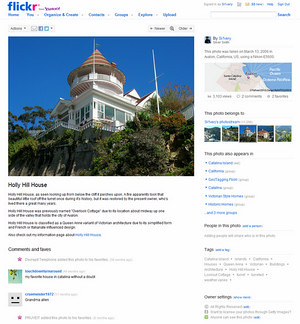
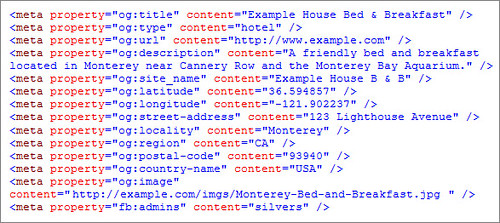
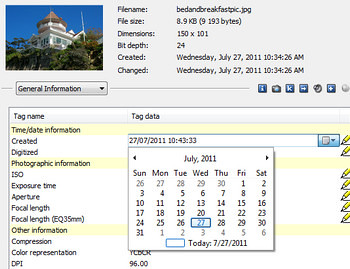
0 nhận xét:
Đăng nhận xét